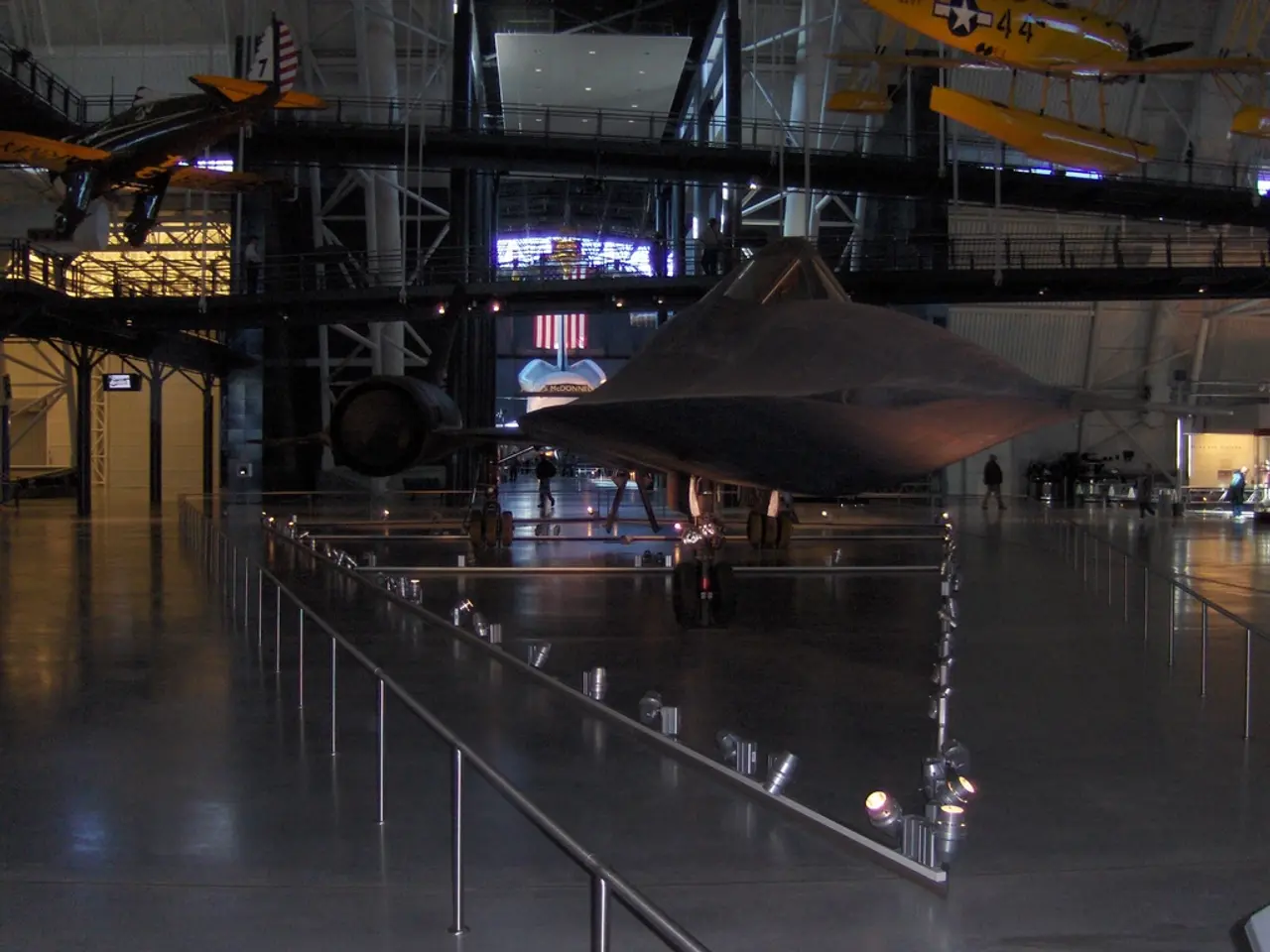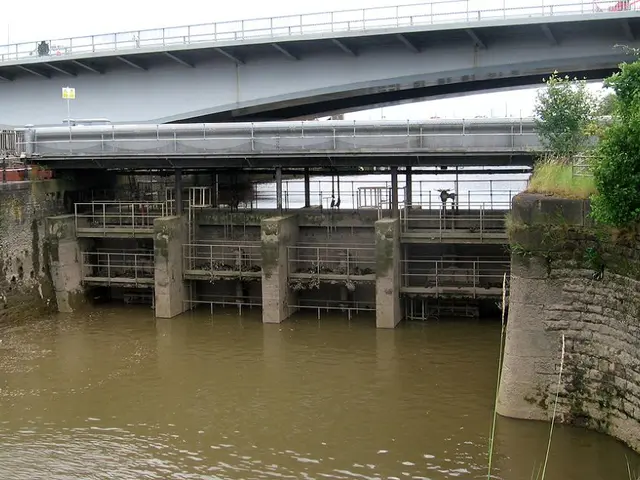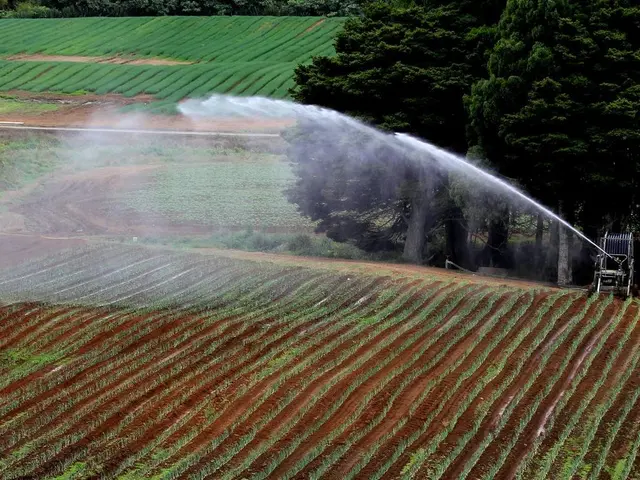Japan's Most Tragic Air Accident: The 1985 Crash of JAL Flight 123
On a fateful day in August 12, 1985, Japan experienced one of its darkest hours. Flight JAL 123, a Boeing 747 scheduled to fly from Tokyo Haneda Airport to Osaka Itami Airport, met a tragic end in central Japan, resulting in the deadliest air disaster involving a single aircraft.
Approximately 10 minutes after takeoff, the aircraft suffered a rupture in its rear pressure bulkhead. This catastrophic failure caused loss of control over the aircraft, and despite the pilots' valiant efforts to regain control for about half an hour, the plane ultimately crashed into the mountainous area of Ueno village, Gunma Prefecture.
The cause of the accident was traced back to faulty repairs performed by Boeing on the rear pressure bulkhead after a prior tailstrike incident. The improper repair weakened the bulkhead structurally, which eventually led to its rupture when pressurized during flight. This failure caused rapid decompression and damage to the aircraft's hydraulic systems, rendering it uncontrollable.
The tragedy marked Japan's deadliest air disaster, claiming the lives of all 15 crew members and 505 passengers on board, with only four miraculous survivors[1][3][5]. Among the victims was famous singer Sakamoto Kyū, internationally known for his hit "Sukiyaki".
Each anniversary, survivors’ families and others honour the victims at Mount Osutaka near the crash site, where grave markers have been erected for the fallen passengers and crew members[1]. The climb and memorial are held annually to remember the victims of the crash, paying their respects in front of the grave markers.
The crash occurred in central Japan, close to Mount Osutaka, in the village of Ueno, Gunma Prefecture[1][4]. It was also the deadliest air disaster in history involving a single aircraft and no additional deaths on the ground[1].
May the memory of those lost in Flight JAL 123 continue to be honoured and remembered, and may their families find solace in the annual commemoration at Mount Osutaka.
References:
[1] BBC News. (2005, August 12). Japan Airlines crash: 20 years on. BBC. https://www.bbc.co.uk/news/world-asia-pacific-12323362
[2] Japan Today. (2015, August 12). 30 years after Japan Airlines crash: Remembering the deadliest single-plane disaster. Japan Today. https://japantoday.com/category/features/30-years-after-japan-airlines-crash-remembering-the-deadliest-single-plane-disaster
[3] The Japan Times. (2015, August 12). JAL Flight 123 crash: 30 years later, victims still remembered. The Japan Times. https://www.japantimes.co.jp/news/2015/08/12/national/jal-flight-123-crash-30-years-later-victims-still-remembered/
[4] The Guardian. (1985, August 13). Japan Airlines crash in central Japan kills 520. The Guardian. https://www.theguardian.com/world/1985/aug/13/japan-airlines-crash-in-central-japan-kills-520
[5] National Transportation Safety Board. (1990). Report on the Accident to Japan Airlines Boeing 747-122, Aircraft Registration JA8119, on August 12, 1985, at Mount Osutaka, Gunma Prefecture, Japan. National Transportation Safety Board. https://www.ntsb.gov/investigations/AccidentReports/Reports/AAR8501.pdf
Read also:
- Scheduling and Healing Process of Cataract Surgery Operations
- Leading Audiologists in Knoxville, Tennessee
- Study conducted by the Centre for Chronic Disease Control (CCDC) reveals that two-drug combination therapies are successful in enhancing blood pressure control among Indians.
- Medications for heart failure, plus additional methods of treatment








